Dr. Jennifer Francis – 2023’s symptoms of climate chaos, El Niño, ocean heatwaves, and Arctic sea ice lows
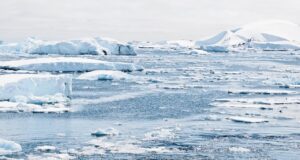
In this ClimateGenn episode I am speaking with Dr Jennifer Francis, a senior scientist at the Woods Hole Climate Research Center, in the US. 2023 has already seen record breaking temperatures in the atmosphere, land and oceans, with horrific impacts to human life, communities and ecology.
Here we focus on three factors in the climate system that drive these extremes and are still set to break more records, creating a great deal more destruction this year. We focus on the forming El Niño climate phenomenon, as well as ocean heatwaves, impacting the Atlantic and the North Pacific.
It’s already a large fire year in Canada: Weather watch
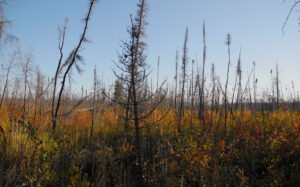
Fire season is underway in Canada. It tends to start early in Alberta and forests do burn, but the difference this year is one of scale: 2023 is an “already large fire year and it’s only mid-May,” said Brendan Rogers, an associate scientist who studies fires in Canada and Alaska’s boreal forests at the Woodwell Climate Research Center in Falmouth, Massachusetts.
Continue reading on BNN Bloomberg.
Summit County Department of Health’s Climate Change and Public Health speaker series

The World Health Organization and other leading public health agencies recognize that climate change is growing public health challenge. Recently, the Summit County Department of Health launched a Climate Change and Public Health speaker series to talk about the issues. The first of the three-event program was May 9 and focused on environmental health.
Listen on KPCW’s This Green Earth.
What will happen when the permafrost thaws?
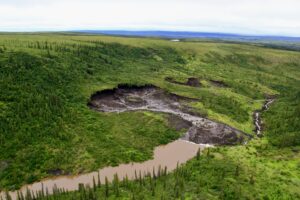
Since the Industrial Revolution nearly 150 years ago, global average temperatures have increased by more than 1 degree C (1.9 degrees F), with the majority of that warming occurring since 1975. But during these recent decades of accelerated warming, temperatures in the arctic (latitudes above 66 degrees north) have have been rising even faster – nearly four times faster than the average global rate.
Listen to the podcast on Climate Now.
STEM opportunities for young women
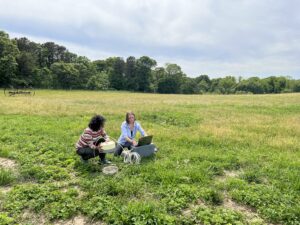
Adolescent girls show as much engagement as boys in science, tech, engineering and math, but this changes significantly when they reach college age. We discuss why young women aren’t pursuing these fields and some of the local opportunities to keep girls and young women engaged in STEM.
This year’s 100% water allocation in California does not mean the water crisis is over, experts say
Climate change will make it hard to predict how much water will come each year.
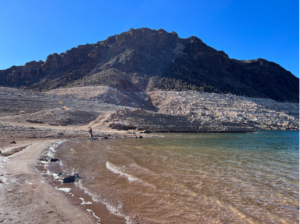
Protecting the planet

Scientists are urging drastic cuts to our fossil fuel use, saying we’re not on pace to avoid the worst impacts of climate change. As a result, some of them now support controversial technologies that could blunt the Earth’s rising temperatures, broadly known as geoengineering.
Watch on CBS Saturday Morning.
The little city that could
For Chelsea, Massachusetts, a new microgrid means energy resilience.

On a recent morning, researcher Dominick Dusseau offers a glimpse into the future of Chelsea, Massachusetts, a small, industrial city just across the Mystic River from Boston. On digital maps he displays over Zoom, great blue splashes cover large swaths of the city—areas where, by his calculations, climate-driven flooding is likely to occur. The maps depict a world where the locals who can least afford it will get hit the hardest.
Continue reading on Mother Jones.



